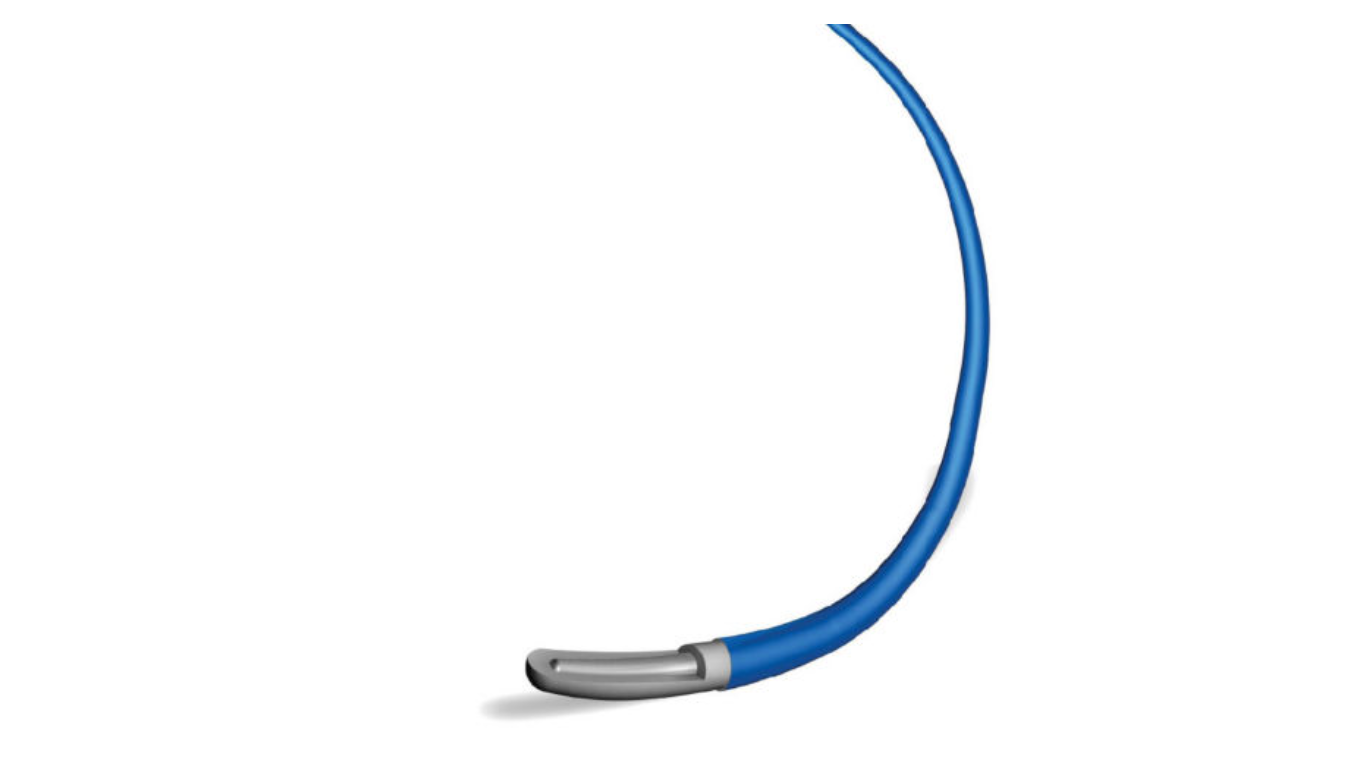Indications
Cordis Steerable Guidewires are intended for use in angiographic procedures to introduce and position catheters and interventional devices within the vasculature.
Contraindications
Cordis Steerable Guidewires are contraindicated for use in chronic total occlusions. Contraindications for interventional devices are described in the instructions supplied with the respective device.
Warnings
Do not reuse. Discard after one procedure. Structural integrity and/or function may be impaired through reuse or cleaning. All parts are extremely difficult to clean after exposure to biological materials and may cause adverse patient reactions if reused. Cordis Corporation will not be responsible for any direct, incidental or consequential damages resulting from reuse of the product. Guidewires are delicate instruments and should be handled carefully. Prior to use and when possible during the procedure, inspect the guidewire carefully for coil separation, bends, or kinks. Do not use a guidewire that shows signs of damage. Damage will prevent the guidewire from performing with accurate torque response and control.
- Guidewire manipulation/torquing should always be performed under fluoroscopic guidance.
- Never push, auger, withdraw, or torque a guidewire that meets resistance. First, using fluoroscopy, determine the cause of resistance and take any necessary remedial action. Torquing or pushing a guidewire against resistance may cause guidewire damage, and/ or guidewire tip separation, or direct damage to the vessel. Resistance may be felt and/or observed (via fluoroscopy) by noting any buckling of the guidewire tip. If guidewire tip prolapse is observed, DO NOT allow the tip to remain in a prolapsed position; otherwise damage to the guidewire may occur.
- If any resistance is felt, i.e., due to vessel spasm, bent guidewire, or guidewire entrapment, while manipulating or removing the guidewire in the blood vessel: STOP the procedure. DO NOT move or torque the guidewire. Using fluoroscopy, first determine the cause of the resistance, then take appropriate remedial action. If the guidewire is moved excessively, it may break or become damaged. This may cause blood vessel injury or result in fragments being left inside the vessel.
- Should torque control/tip response be compromised during use, confirm tip integrity using fluoroscopy. LOSS OF TORQUE CONTROL MAY BE DUE TO CORE WIRE FRACTURE. Under fluoroscopic guidance, advance the balloon catheter to the distal end of the guidewire and remove the balloon catheter/guidewire system as a unit.
Precautions
- Store in a cool, dark, dry place.
- Do not use open or damaged packages.
- Use prior to the “Use By” date.
- Exposure to temperatures above 54°C (130°F) may damage the guidewire.
- Do not expose to organic solvents.
- Movement of torque device or metal insertion

